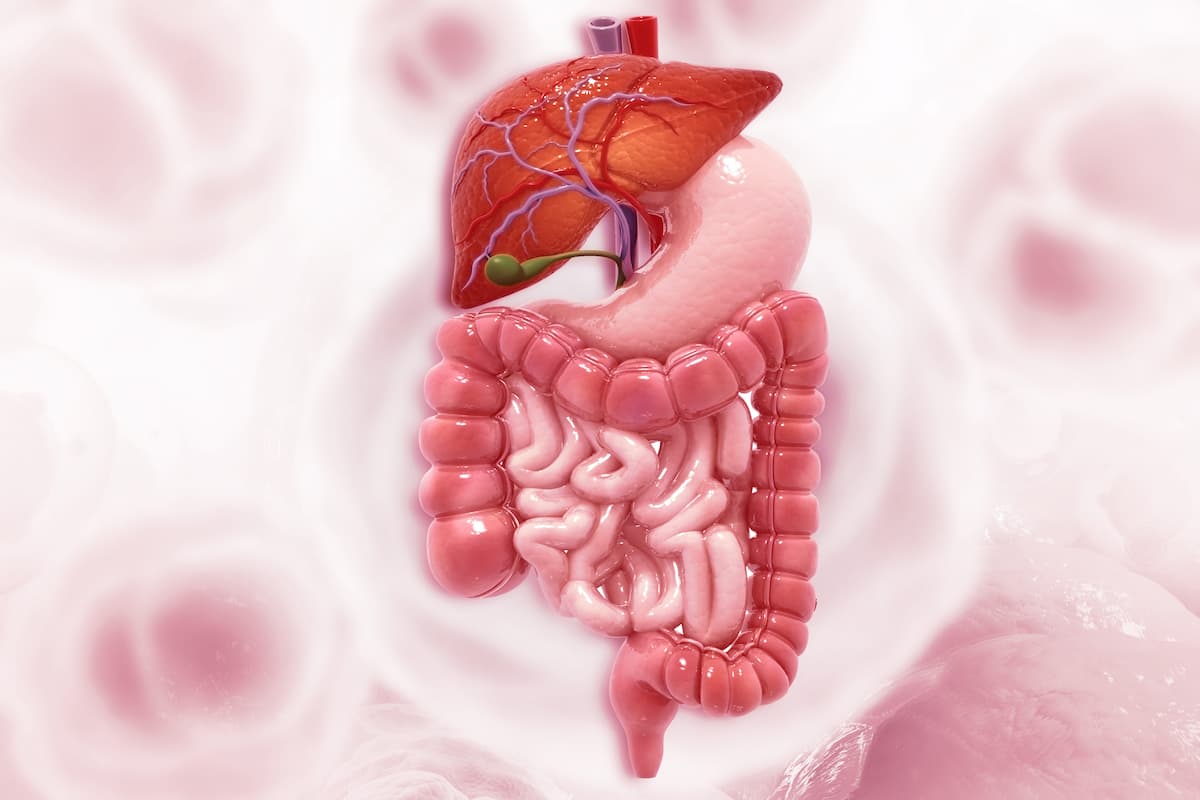Atezolizumab/Trastuzumab Plus Chemotherapy Shows Efficacy in Gastric Cancer
Pathological complete response was higher among patients with ERBB2–positive gastric cancer or GEJ adenocarcinoma treated with atezolizumab vs without.
Major pathological response rates favored patients who received atezolizumab at 42.9% vs those who did not at 19.0%, with a between-group difference of 23.9%.

The addition of atezolizumab (Tecentriq) to trastuzumab (Herceptin) plus chemotherapy consisting of capecitabine and oxaliplatin (XEROX) demonstrated promising efficacy and a manageable safety profile in patients with locally advanced ERBB2–positive gastric cancer or gastroesophageal junction (GEJ) adenocarcinoma, according to findings from a randomized phase 2 clinical trial (NCT04661150) published in JAMA Oncology.
Efficacy data revealed that pathological complete response (pCR) rates were significantly higher among patients treated with atezolizumab and trastuzumab plus XEROX (arm A) vs trastuzumab and XEROX alone (arm B); arm A had a pCR of 38% vs 14% in arm B for a between-group difference of 23.8% (90% CI, 1.3%-44.7%). Furthermore, particular benefit was observed in arm A (44%) vs arm B (10%) in patients younger than 65 years, with a between-group difference of 33.8% (90% CI, 2.9%-57.0%); males (42% vs 15%) with a between-group difference of 27.1% (90% CI, 3.2%-48.9%); and intestinal Lauren classification (25% vs 0%), with a between group difference of 25.0% (90% CI, 1.4%-54.7%).
Additionally, at a median follow-up of 15.7 months (95% CI, 10.2-20.6), the median event-free survival (EFS), disease-free survival (DFS), and overall survival (OS) were not reached. However, major pathological response (MPR) rates favored arm A, with 42.9% of patients attaining an MPR vs 19.0% in arm B, with a between-group difference of 23.9% (90% CI, 0.1%-45.4%). There was no significant difference between objective response (ORR) rates between arms, with arms A and B eliciting rates of 28.6% and 33.3% for a between-group difference of –4.8% (90% CI, –27.9% to –18.9%).
“In this phase 2 randomized clinical trial, [the addition of] atezolizumab to trastuzumab plus XELOX therapy demonstrated promising efficacy in patients with ERBB2–positive locally advanced resectable [gastric cancer] and GEJ adenocarcinoma,” study lead author Zhi Peng, MD, of the State Key Laboratory of Holistic Integrative Management of Gastrointestinal Cancers in the Department of Gastrointestinal Oncology at Peking University Cancer Hospital and Institute in Beijing, China, wrote in the study with coinvestigators. “The safety of … atezolizumab was manageable, and no new safety signals were detected. The study findings suggest that age younger than 65 years and intestinal Lauren classification may be associated with a better pCR rate among patients treated with … atezolizumab; however, these results should be interpreted with caution.”
The phase 2 trial enrolled patients across 8 sites in China between February 25, 2021, and November 7, 2022, and randomly assigned them 1:1 to arms A or B. Patients in arm A received 1200 mg of intravenous atezolizumab on day 1 of 3-week cycles. In both arms, patients received 6 mg/kg of intravenous trastuzumab on day 1 of 3-week cycles, with 8 mg/kg given as a loading dose at first administration before and after surgical operation; 1000 mg/m2 of oral capecitabine twice daily on days 1 and 14 of 3-week cycles; and 130 mg/m2 of intravenous oxaliplatin on day 1 of 3-week cycles. Patients were treated with 3 neoadjuvant cycles and 5 adjuvant cycles for a maximum of 8 cycles.
Among patients enrolled on study (n = 42), the median age was 61 years (range, 33-72) and 65 years (range, 49-72) in arms A and B respectively. In total, 93% of patients were male, 57% of patients had an ECOG performance status of 1, 62% had a primary tumor located in the stomach, and 69% were PD-L1–positive.
The primary study end point was pCR. Secondary end points included EFS, DFS, OS, MPR, ORR, and R0 resection rate. ERBB2 copy number, mismatch repair status, PD-L1 expression, and stromal tumor-infiltrating lymphocyte (sTIL) infiltration were included as exploratory end points.
Safety findings revealed that all patients experienced any-grade treatment-emergent adverse effects (TEAEs), with grade 3 or higher TEAEs occurring in 57% and 67% of arms A and B, respectively. Serious TEAEs occurred in 29% and 10% of respective arms. The most common grade 3 or higher TEAEs occurring in 10% or more of patients in either arm included weight decreased (arm A: 10%; arm B: 19%) and neutrophil count decreased (5%, 14%).
TEAEs leading to drug discontinuation occurred in 24% and 19% of respective arms. A single death attributable to TEAEs occurred in arm A.
Reference
Peng Z, Zhang X, Liang H, et al. Atezolizumab and trastuzumab plus chemotherapy for ERBB2-positive locally advanced resectable gastric cancer: a randomized clinical trial. JAMA Oncol. Published online April 17, 2025. doi:10.1001/jamaoncol.2025.0522